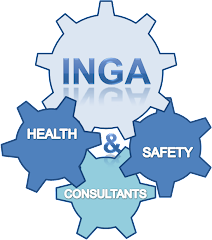Friday, May 15, 2009
Health and Safety Program effectiveness
In the course of the next couple of weeks I am going to evaluate the typical components of a health and safety program, looking at those aspects which make them work or make them fail.
In this article I am going to take a closer look at:
THE EFFECTIVENESS OF LEADERSHIP
I happened to read an article published in the Mining weekly in which an executive member made the comment that when it comes to safety management are set up to fail. He justified this statement by saying that it was not always possible to put safety first due to the stringent production requirements in the market.
Firstly: If we stopped putting safety first and started making it part of our operation we would reap the rewards at all levels - and provide stakeholders a return that wasn't tainted with blood.
Secondly: If this is still the attitude we have at senior level - then maybe the next fatality should be in the boardroom.
1. Management demonstrates no policy, goals, objectives or interest in safety and health issues in the work place.
2. Management sets and communicates health and safety policy and goals, but they remain detached from all the health and safety efforts.
3. Management follows all the health and safety rules, visibly supporting the health and safety efforts of others.
4. Management participates in the significant aspects of the site's health and safety program, such as inspections, incident reviews and program reviews. Incentive programs that discourage the reporting of incidents, other symptoms of deficiency or hazards may be present.
5. Site health and safety issues are regularly included on the agendas of all management operational meetings. Management clearly demonstrates, through direct involvement, there commitment to the fact that health and safety is of primary importance on the site. there performance is consistent, sustained and geared at continuous improvement.
Where are you on this journey?
Subscribe to:
Post Comments (Atom)


No comments:
Post a Comment